HAHAS Project
Health Education and Humour for Seniors in Europe
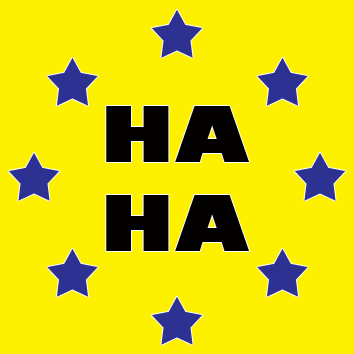 |
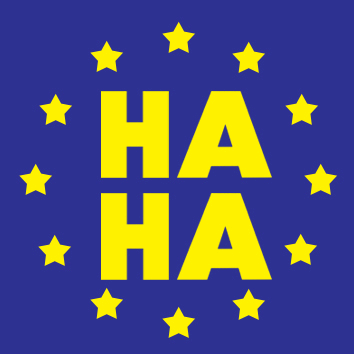 |
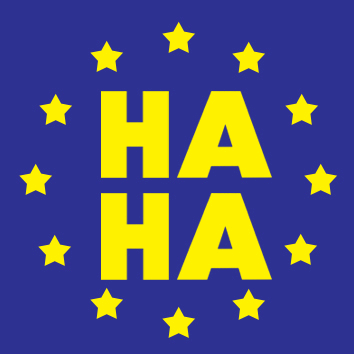 |
Partners :
UK
(coordinator)
Intergen
Community Interest Company
Germany
Amt für Gesundheit
www.gesundheitsamt.stadt-frankfurt.de
France
Association M3 (MCube)
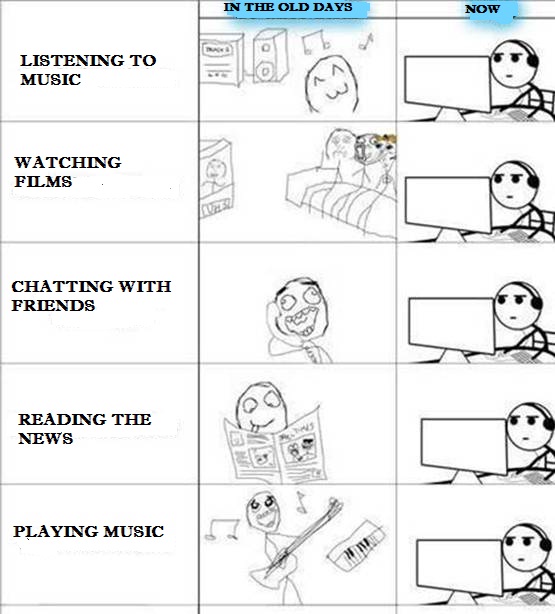
Summary
In the
HAHAS project the partners will visit and learn about each others
countries through the exploration of humour as it is
manifest in many art forms.
Together
we will:
1 Learn
the theory and practice of humour to promote health,
well being, and learning in later life, as well as improving communication and
motivation.
2
Explore the manifestations of humour in different
media in our different countries, for example through dance, cartoon, theatre,
film and song, and learn the vocabularies of humour
across our four countries.
3 Learn
each others' languages through our exploration of our countries' art forms.
4 Use IT
skills to share our new learning across our countries, locally and nationally
and with other people in the life long learning
community.
5
Produce a web site, a post card 'laughter is the best medicine ' in all our languages.
6 Create
some examples of humour in different art forms and
share these with other colleagues in life long
learning organizations.
7
Develop a resource pack of information about humour
from our countries and a calendar of cartoons with input from our four
countries; a song and sketch we create using all our languages.
8 Ensure
the continued engagement of older citizens in learning and promote their
continued participation in society and creative activities.
--------------
MEETINGS
Kickoff meeting in London - october
2010
Meeting in Paris
Meeting in Frankfurt
 |
| hahas_frankfuert_avril11 |
Photos from Happy Germany :
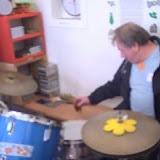 |
| happy_germany_HAHAS |
Below are links to the video taken in Frankfurt.
The videos are NOT public, and you need these LINKS to access them.
:)
http://www.youtube.com/watch?v=F2EFuxL5sBc
http://www.youtube.com/watch?v=JEQi5g7e9zE
http://www.youtube.com/watch?v=9YxJza3sgSs
http://www.youtube.com/watch?v=ERBl7CP1n54
http://www.youtube.com/watch?v=0hKZ-L3RwB4
Photos
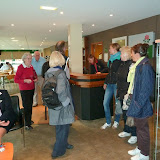 |
| projetHAHAS_Manchester_sept11 |
Meeting in London January 2012
Meeting in Paris March 2012
Conclusions about laughter elsewhere
Laughter Yoga in the garden in Paris 11
UK Laughter Festival June 2012
Laughter really is the best medicine ...
Outcomes of the project :
• tell us one skill or technique you have learnt that will enable you to promote laughter
- To stand in front of others and start laughing without a cause
- To smile openly at other people in public
- To combine body movement with laughter
- To concentrate on laughter and not do other things simultaneously
- Different parts of laughter yoga, e.g. lion laughter, telephone giggle, silent laughter
- To make compliments to other people
- To clap and say HOHO - HAHAHA
• tell us one thing you have learnt that you will use to promote laughter in your personal life or work.
- To collect funny things and send funny postcards to other people
- To warm up for laughter by making funny faces and do a crazy dance
- To laugh more about myself
- To try to be always ready for a laugh with family and friends and colleagues
- To think of ways to create a mood and opportunities for laughter more often in everyday life
- To organize a laughter party instead of a tupper party, where people share a laugh and bring funny objects
- That it is a good idea to always carry a red nose with you
- To create a laughter event in my home town, just like Robin Graham did with the Olaughics in Manchester
- To tell THE WHOLE WORLD about the HAHA-project !!!!!
References ( web sites and books )
Link to Robin Graham's website: www.feelgoodcommunities.org and to Laughter Network www.laughternetwork.co.uk
References = book list
Articles have appeared in the mainstream press about Lee Berk's work showing that the immune system is boosted by laughter ( TimesOnline ) and he also has shown that the anticipation of laughter releases endorphins ( Physorg ). Michael Miller's work shows that laughter helps the circulatory system ( BBC ). And Norman Cousins' book (2005) showed how he used laughter as a tool to deal with his illness. William Fry has been promoting laughter for good health (1988), including good mental health and as an alternative way of dealing with stress (1992), instead of violence, for example. Below are some papers, internet articles and books which are useful in understanding the importance of laughter.
BBC, Laughter ‘boosts blood vessels', retrieved 5 th October 2009 from http:// news.bbc.co.uk/1/hi/health/4325819.stm
Cousins, N. (2005) AnatomyOf An Illness As Perceived By The Patient. (Paperback edition). New York, W.W. Norton and Company Inc
Fry W and Savin W. Mirthful laughter and blood pressure Humor: Int J Humor Res 1988; 1: 49–62
Fry W. The physiological effects of humor, mirth, and laughter J Am Med Assoc 1992 ; 267: 1857–8
Goodheart, A. (1994) Laughter Therapy. Santa Barbara , Less Stress Press.
Holden, R. (1993) Laughter The Best Medicine. London, Thorsons.
Layard, R. (2006) Happiness: Lessons From A New Science. London, Penguin Books.
Message from Masters, Osho on laughter meditation, starting and ending day with laughter meditation. retrieved 5 th October 2009 from
http://www.messagefrommasters.com/Jokes/zen_laughter.htm
Osho (2002) Yaa-Hoo! The Mystic Rose. India, Rebel Publishing House .
Physorg, Just the expectation of a mirthful laughter experience boosts endorphins 27p ercent,HGH 87 percent, retrieved 5 th October 2009 from http://www.physorg.com/pdf63293074.pdf
Provine, Robert R. (2000) Laughter: A Scientific Investigation. Viking Penguin.
Romero, E. and Pescosolido, A (2008) Humor and Group Effectiveness. Human Relations, Vol 61, No 3, 395-418
TimesOnline, The Laughter Cure, retrieved 5 th October 2009 from http://www.timesonline.co.uk/tol/life_and_style/health/features/article617213.ece
Wooten, P. (2002) Compassionate Laughter. (2 nd Edition). Santa Cruz, Jest Press.
Motivation
The health benefits
of humour and laughter are well
known. These include the reduction of stress levels, promotion of relaxation, strengthening of the immune system, reduction of high
blood pressure and heart disease. It also has social benefits, such as
improving self confidence, self image, general mental health and well
being.
This
project will enable older learners and staff to gain new knowledge and skills
to promote humour in their own lives and that of
their families and friendship networks, as well as in their work places.
As the
number of older Europeans increase, there is a need to find new ways of
improving the quality of life of older learners and enhancing active ageing.
There is also a need to encourage mobility and break down European stereotypes
many of which are negative in nature. This project takes a new approach to
achieving these aims. It will use the study of humour
and laughter, both theory and practice, as it is manifest in many different art
forms to promote these ends.
Participants
will learn from humour specialists about the theory
of humour and its role in their lives. They will
practice these techniques to apply this knowledge to their daily lives, thus
enhancing their quality of life.
They
will learn about different art forms in which humour
is expressed, studying these together. We will include the cartoons, comics,
art, music, dance, film and theatre, in digital and non digital formats, in
which humour is expressed from each of countries, and
learn some of each others language in the process.
Objectives and strategy
A: Our
objectives are:
1 To
learn about:
• Humour in our countries as it is manifest in a range of art forms for
example, cartoons, comics, art, music,
dance, film and theatre
• The
theory and practice of laughter, its importance for health, getting rid of
stress and improving performance and
motivation
2 To
create together in our three European languages :
•
Materials about humour to be used by other learners
•
Products to promote humour; a calendar, postcards,
theatre and songs
• A
tool-kit to promote humour in health education and a
collection of examples of humour using digital and
non-digital media, all available on a web site which we shall make.
B: The
problems we will address are:
• Lack
of knowledge of each others humour and the art forms in which it is
expressed
• Lack
of knowledge of the language of each others countries
which prevents our fully understanding each others humour
•
Negative stereotypes we hold of each other in terms of humour
•
Failure to use humour to promote learning,
communication and motivation
The "I Am Happy Project," the brainchild of Edwin Edebiri of Corning, about "Ten Ways to Be Happy TM" for each day of a ten-day period:
Day 2: Item # 9 Be active and make healthy choices.
Day 3: Item # 8 Learn to manage your time and your money.
Day 4: Item # 7 Create a list of all the things that make you unhappy and find a solution or ways to eliminate them.
Day 5: Item # 6 Create a list of all the things you are thankful for or that make you happy.
Day 6: Item # 5 Make time for the 3 F's: Faith, Family & Friends.
Day 7: Item # 4 Donate your money according to your pocket, even if it is a dime.
Day 8: Item # 3 Volunteer your time one on one or to a group.
Day 9: Item # 2 Smile more and learn to laugh at yourself.
Day 10: Item # 1 Decide to be happy and make it your top priority.
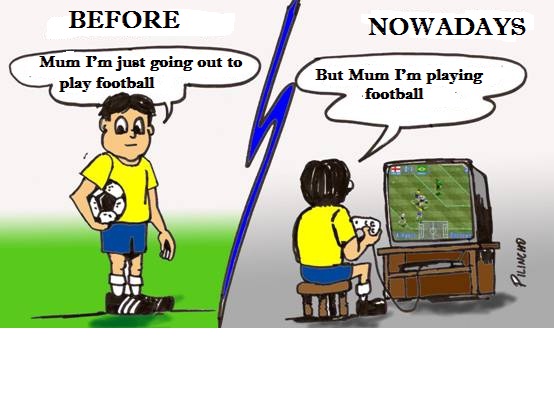 |
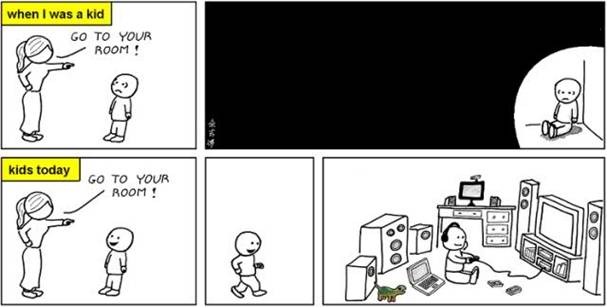 |
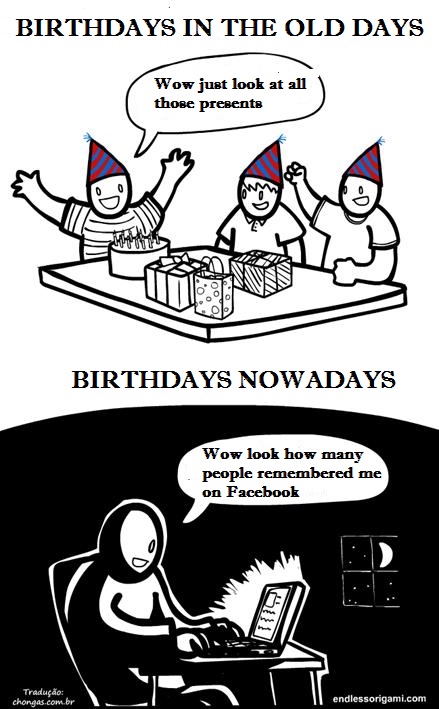 |
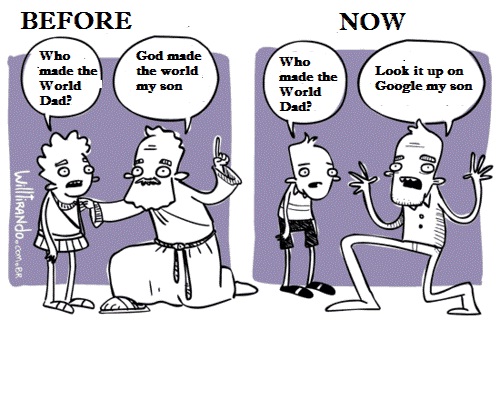 |
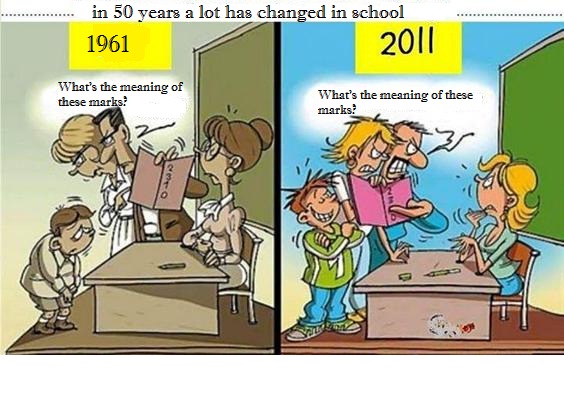 |
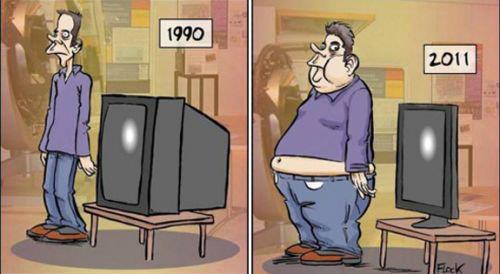 |